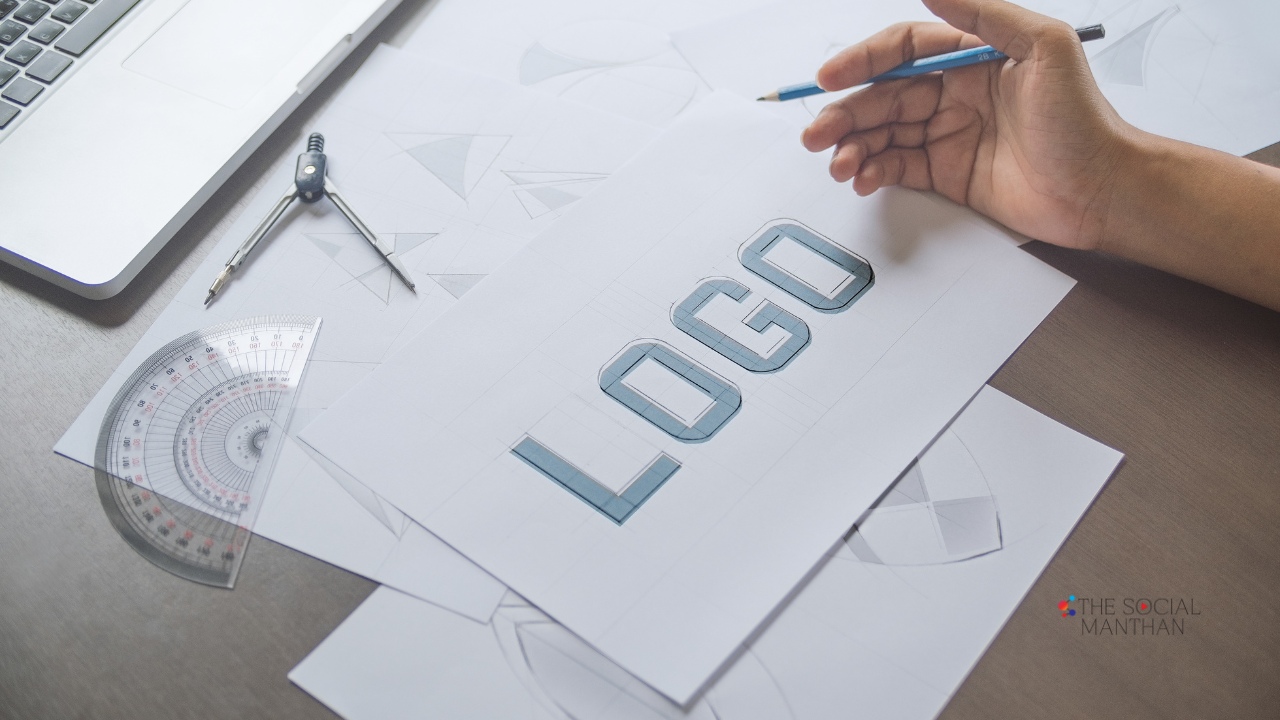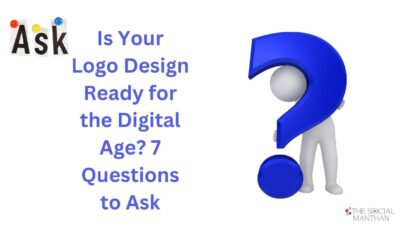In the world of business, first impressions matter—and few things create a stronger first impression than your logo. A well-designed logo is more than just a visual symbol; it’s the cornerstone of your brand identity. It communicates your brand’s values, personality, and promise to your audience, making it a powerful tool for establishing and elevating your brand.
In this article, we’ll explore how a well-designed logo can elevate your brand identity and why investing in a professional logo design is essential for long-term success.
1. The Role of a Logo in Brand Identity
Your logo is often the first thing people notice about your brand. It appears on your website, social media profiles, marketing materials, products, and more. Because of its ubiquity, your logo plays a crucial role in shaping how your brand is perceived by the public.
Why It Matters:
- Recognition: A distinctive and memorable logo helps people recognize your brand instantly, whether they see it online, in-store, or in advertising.
- Brand Personality: The design elements of your logo—such as colors, typography, and shapes—convey your brand’s personality and values, helping you connect with your target audience.
- Consistency: A well-designed logo creates a consistent visual identity across all platforms, reinforcing your brand’s presence and making it more memorable.
Action Steps:
- Focus on Simplicity: A simple, clean design is more likely to be remembered and recognized by your audience. Avoid overly complex designs that can be difficult to reproduce or recognize at a glance.
- Choose Appropriate Colors: Colors evoke emotions and associations. Choose colors that align with your brand’s personality and resonate with your target audience.
- Ensure Versatility: Your logo should be versatile enough to work across different mediums, from digital platforms to print materials. Test your logo in various sizes and formats to ensure it remains effective and legible.
2. Building Trust and Credibility
A professionally designed logo signals to your audience that you are serious about your business. It conveys professionalism, attention to detail, and a commitment to quality—all of which are crucial for building trust and credibility with your customers.
Why It Matters:
- Professionalism: A polished logo reflects a professional image, making it easier for potential customers to trust your brand and consider doing business with you.
- Brand Authority: A strong logo helps establish your brand as an authority in your industry, which can influence purchasing decisions and customer loyalty.
- First Impressions: Your logo often serves as the first point of contact between your brand and potential customers. A well-designed logo creates a positive first impression, encouraging further engagement with your brand.
Action Steps:
- Invest in Professional Design: Work with a professional designer or design agency to create a logo that accurately reflects your brand’s identity and meets industry standards.
- Maintain Consistency: Ensure that your logo is used consistently across all marketing materials and platforms to reinforce your brand’s credibility and reliability.
- Refresh When Necessary: While consistency is key, don’t be afraid to update or refresh your logo if it starts to feel outdated or no longer aligns with your brand’s evolution.
3. Differentiating Your Brand from Competitors
In a crowded marketplace, standing out from the competition is essential. Your logo is one of the key elements that can differentiate your brand from others in your industry. A unique and distinctive logo helps you carve out a space in your customers’ minds, making your brand more memorable.
Why It Matters:
- Brand Differentiation: A distinctive logo helps set your brand apart from competitors, making it easier for customers to choose you over others.
- Memorability: A unique logo is more likely to stick in people’s minds, increasing the chances that they will remember your brand when they need your products or services.
- Competitive Edge: In highly competitive markets, a well-designed logo can give you a significant edge by creating a strong visual identity that resonates with your target audience.
Action Steps:
- Analyze Competitors: Study the logos of your competitors to identify common themes and design elements. Aim to create a logo that is distinct from theirs while still fitting within your industry.
- Emphasize Uniqueness: Focus on what makes your brand unique, and incorporate those elements into your logo design to help differentiate your brand.
- Avoid Trends: While it’s important to stay current, avoid following design trends too closely. A timeless design will serve your brand better in the long run.
4. Enhancing Emotional Connection
A logo is not just a visual mark; it’s a powerful tool for evoking emotions and building an emotional connection with your audience. The right logo design can evoke feelings of trust, excitement, reliability, or even nostalgia, depending on your brand’s personality and values.
Why It Matters:
- Emotional Resonance: People are more likely to connect with and remain loyal to brands that evoke positive emotions. A well-designed logo can play a significant role in creating that emotional connection.
- Brand Loyalty: Emotional connections lead to stronger brand loyalty, as customers are more likely to return to brands they feel a personal connection with.
- Customer Experience: A logo that resonates emotionally with your audience contributes to a positive customer experience, encouraging repeat business and word-of-mouth referrals.
Action Steps:
- Use Colors Strategically: Different colors evoke different emotions. Choose colors that align with the emotions you want your brand to evoke.
- Incorporate Meaningful Symbols: If appropriate, incorporate symbols or icons that have a deeper meaning or connection to your brand’s story or values.
- Tell a Story: Consider how your logo can tell a story or convey a message that resonates with your audience on an emotional level.
5. Supporting Brand Growth and Evolution
As your business grows and evolves, your logo remains a constant representation of your brand. A well-designed logo is flexible enough to support your brand’s growth while remaining relevant over time. It can adapt to new products, services, and markets without losing its core identity.
Why It Matters:
- Scalability: A logo that can scale with your brand ensures that your visual identity remains cohesive and effective, even as your business expands.
- Brand Consistency: As your brand evolves, maintaining a consistent logo helps reinforce your brand identity and ensures that your audience continues to recognize and trust your brand.
- Longevity: A timeless logo design can serve your brand for years to come, reducing the need for frequent redesigns and rebranding efforts.
Action Steps:
- Design for Flexibility: Ensure that your logo is versatile enough to work across different products, services, and marketing materials. Consider how it will look in various contexts and formats.
- Plan for the Future: Think about where your brand might be in five or ten years, and design a logo that will still be relevant and effective as your business grows.
- Evolve When Necessary: While consistency is important, be open to evolving your logo as your brand grows and changes. A subtle refresh can keep your brand looking modern and relevant.
Conclusion
A well-designed logo is a powerful tool for elevating your brand identity and creating a lasting impression on your audience. It plays a crucial role in building recognition, trust, and emotional connection with your customers, while also differentiating your brand from competitors. By investing in a professional logo design that aligns with your brand’s values and goals, you can create a visual identity that supports your brand’s growth and success for years to come.
Remember, your logo is more than just a symbol—it’s the face of your brand. Make it count by ensuring it accurately reflects who you are and what you stand for, leaving a lasting impact on everyone who interacts with your brand.







